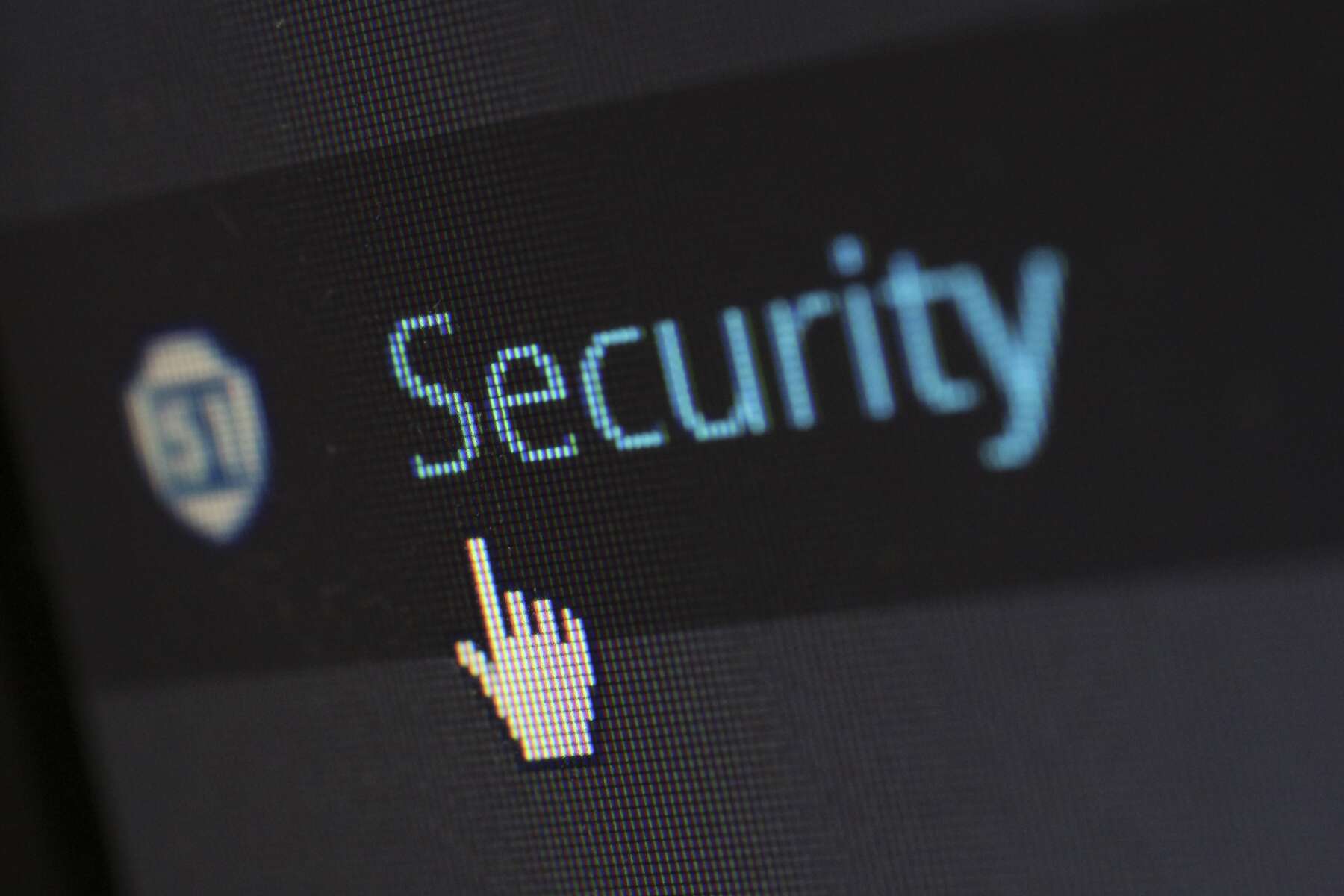7 Ways to Identify and Protect Yourself From Phishing Emails
Here at Bower Web Solutions, we have been helping our clients with website development and cybersecurity for over twenty years. In this article, we’re going to look at a prevalent risk in cybersecurity that our clients ask about all the time: phishing.
What Are Phising Emails?
Phishing emails are a common form of cyber-attack that can lead to identity theft, financial loss, and other types of cybercrime. As the number of phishing attacks continues to rise, it’s important to take steps to protect yourself. Let’s look at 7 ways to identify and protect yourself from phishing emails.
How To Identify and Protect Yourself From Phishing Emails
1. Be suspicious of unsolicited emails
If you receive an email from an unknown sender or a sender you don’t recognize, be cautious. Don’t open any attachments or click on any links until you’ve verified the sender’s identity. Phishing emails can sometimes even come from people you recognize because their email may have been hacked. If you have any doubt about the email, it’s best to email or even call the sender directly to verify the legitimacy of the email.
2. Check the sender’s email address
Phishing emails often use a fake email address that looks like a legitimate one. Check the sender’s email address carefully to ensure its legitimate. Here are some instructions to view email header info, which can help you identify the source of the email in question.
3. Verify the source of the email
If you receive an email from a company or organization, verify the source of the email. Check the email address against the company’s website or contact them directly to confirm the email is legitimate.
4. Look for spelling and grammar errors
Phishing emails often contain spelling and grammar errors. If you notice any errors in an email, be suspicious.
5. Don’t provide personal information
Phishing emails often ask for personal information, such as your password or social security number. Never provide this information in an email.
6. Don’t click on links in an email
Phishing emails often contain links that direct you to a fake website. Don’t click on any links in an email unless you’ve verified the sender’s identity and the legitimacy of the link. If you are in doubt, manually enter the URL of the website into your browser address bar so you can be sure you are on the legit site.
7. Use anti-phishing / anti-virus software
Anti-phishing software can help detect and block phishing emails before they reach your inbox. Keeping your software up to date can help protect against vulnerabilities that phishers exploit.
Stay Protected With Bower Solutions
In conclusion, protecting yourself from phishing emails is essential in today’s digital age. By following these 7 tips, you can reduce your risk of falling victim to a phishing attack and keep your personal information safe. Remember to always stay vigilant and think twice before clicking on any links or providing personal information in an email.
For more help with cyber security or web development, please feel free to reach out to Bower Web Solutions for a free consultation by calling us at 973-962-1932 or contacting us here.

